Herbert O. Moser, Zhentang Zhao, OCPA INTERNATIONAL ACCELERATOR SCHOOL 20, Alex Chao, Alex Chao9789812387943, 981-238-794-3
This book is meant to provide basic training in modern accelerators for students, teachers, and interested scientists and engineers working in other fields. It is a result of the 3rd International Accelerator School, held in 2002 in Singapore under the auspices of the Overseas Chinese Physics Association (OCPA). Reputable experts, including a recent prize-winner, cover the field of cyclic and linear accelerators from the basic theoretical tools to forefront developments such as the X-ray free electron laser or the latest proton therapy facilities under construction.
Accelerators, the art of building them, and the science for understanding their function have become a very exciting field of research. This book conveys the excitement of the experts to the reader.
Table of contents :
CONTENTS……Page 10
Preface……Page 6
1.1. Study of Matter and Particle Accelerators……Page 12
1.2. Historical Roots and Development……Page 14
1.3. Evolution of Acceleration Mechanisms……Page 17
2.1. Hadron Colliders……Page 20
2.2. Hadron-Lepton Colliders……Page 22
2.3. Electron-Positron Colliders……Page 23
2.4. + – + Colliders……Page 26
3.1. B-Factory……Page 27
3.2. DA NE and -Factory……Page 28
3.3. BEPC and BEPCII……Page 30
3.4. Neutrino-Factory……Page 31
4.1. Synchrotron Radiation Sources……Page 32
4.2. Free Electron Lasers……Page 34
4.3. Spallation Sources……Page 35
4.4. Application of Accelerators……Page 36
5.1. Direct Acceleration with Laser……Page 39
5.2. Two-Beam Accelerators……Page 40
5.3. Wakefield Accelerators……Page 42
References……Page 44
1. Introduction……Page 46
2. Historical……Page 47
3. Main features of synchrotron radiation……Page 49
3.1. Spatial distribution of radiated power……Page 50
3.2. Spectral distribution of radiated power……Page 52
4.1. Accelerator systems……Page 54
4.2. Magnetic field device……Page 55
5.1. Some statistics on existing sources……Page 56
5.2. Criteria to distinguish generations……Page 57
5.3. Emittance and brilliance……Page 58
5.4. 4th generation source concepts……Page 59
References……Page 61
2.1 Coordinate System……Page 63
2.3 Dipoles and Magnetic Rigidity……Page 64
2.4 Quadrupoles……Page 65
2.5 Alternating Gradient Focusing……Page 66
2.6 Equation of Transverse Motion……Page 67
2.7 Solution of Hill’s Equation……Page 68
2.8 Matrix Description……Page 69
2.9 Stability of Transverse Motion……Page 70
2.10 Betatron Tunes and Envelope Functions……Page 71
2.11 Transport Matrices for Individual Components in a Ring……Page 72
2.12 Regular FODO Lattice……Page 74
2.13 Liouville’s Theorem and Emittance……Page 75
2.14 Hamiltonian in an accelerator……Page 77
3.1 Errors from dipoles……Page 78
3.2 Gradient errors……Page 79
3.3 Working diagram and multipole field……Page 81
4.1 Dispersion function……Page 85
4.3 Momentum compaction factor……Page 89
4.4 Transition energy and the phase slip factor……Page 90
5.1 Definition and source of chromaticity……Page 91
5.2 Chromaticity correction……Page 92
6.1 Definition……Page 94
6.2 Compensation of linear coupling……Page 95
7.1 Measurement of -function……Page 97
7.2 Measurement of dispersion function……Page 98
7.3 Measurement of chromaticity……Page 99
Acknowledgements……Page 100
References……Page 101
1. Introduction……Page 102
2. Orbit Distortion due to Dipole Field Errors……Page 103
2.1. Existence of the Closed Orbit……Page 104
2.2. Statistical Estimation of the Closed Orbit Errors……Page 106
3. Measurement of the Closed Orbit……Page 108
4. Closed Orbit Correction……Page 109
4.1. Stopband and Harmonic Correction Methods……Page 111
4.2. Local Bump Method……Page 112
4.4. Singular-Value Decomposition Method……Page 113
5. Off-Momentum Orbit and Correction……Page 114
6. Real-Time Orbit Correction……Page 115
7.1. Single-Turn Injection……Page 116
7.2. Multi-turn injection……Page 120
7.3. Stripping injection scheme……Page 121
7.5. Resonance extraction……Page 122
7.7. Timing for the injection and extraction……Page 123
8. Summary and Acknowledgements……Page 124
References……Page 125
1. Introduction……Page 126
2.2. Errors……Page 127
2.4. Definition of dynamic aperture……Page 128
2.5. Symplecticity……Page 130
3.1. General description……Page 131
1) Non-linear elements……Page 132
4.1. Resonance approach[3]……Page 133
4.2. Non-resonant calculations[3]……Page 135
4.3. Other treatments……Page 136
5.1. Thin lens model……Page 137
5.3. Lie transformation techniques……Page 138
5.5. Limitations of numerical tracking……Page 139
6. Example of Particle Tracking……Page 140
7.1. Optimization of non-linear elements……Page 142
8. Summary……Page 144
References……Page 145
1. Introduction……Page 147
2. Phase Motion Equation……Page 148
3. Small Energy Oscillations……Page 153
4. Large Energy Oscillations – Energy Aperture……Page 158
5. Hamiltonian Formulation in Large Energy Oscillation……Page 164
References……Page 168
2. Electron bunches for high brightness……Page 169
3. Pulsed photoinjector……Page 170
3.1. Layout of the BNL photoinjector……Page 172
3.2. Performance considerations……Page 174
3.3. Laser and photocathode considerations……Page 176
3.4. Emittance and energy spread of the photoinjector……Page 179
3.5. Emittance correction……Page 182
4. CW photoinjector……Page 183
References……Page 185
1.1. Basic Electromagnetic Procedures and Formulas……Page 187
1.2. Radiation from a Circular Orbit……Page 190
1.3. Radiation from an Undulated Orbit……Page 195
1.3.1 Orbit Kinematics……Page 196
1.3.2 Radiation Wavelength……Page 199
Helical undulation……Page 200
Planar undulation……Page 201
1.3.4 Features of radiation……Page 202
2.1.1 Damping of Vertical (y) Oscillation……Page 206
2.1.2 Damping of Horizontal (x) Oscillation……Page 207
2.1.3 Damping of Energy (E) Oscillation……Page 209
2.2. Quantum Excitation……Page 210
2.2.1 Excitation of Vertical (y) Oscillation……Page 211
2.2.2 Excitation of Horizontal (x) Oscillation……Page 212
2.2.3 Excitation of Energy (E) Oscillation……Page 213
2.3. Quantum Lifetime……Page 214
References……Page 215
1. Introduction……Page 216
2. Magnet Lattice Type for Synchrotron Radiation Source Storage Ring……Page 217
3. Minimum Emittance Lattice for Synchrotron Radiation Storage Rings……Page 219
(1) Scaling Law……Page 228
(2) Demonstration for Scaling Law……Page 229
(3) Application Example for Scaling Law……Page 232
5. Synchrotron Radiation Integrals……Page 234
6. Dynamic Aperture……Page 237
Appendix……Page 238
References……Page 241
1.1. What is a Spallation Neutron Source?……Page 242
1.3. Linac-based vs. Synchrotron-based Spallation Neutron Source……Page 243
2. High Intensity Proton Sources: Existing, Under Construction, and Proposed……Page 245
3. Design Concept of a Linac-based Spallation Neutron Source……Page 246
3.1.4. Chopper……Page 247
3.2.2. Medium energy part (100 MeV – 1 GeV, 0.4 < < 0.9)……Page 248
3.3. Accumulator……Page 249
3.3.3. H injection……Page 250
3.3.5. e-p instability……Page 251
4.1. Lattice……Page 252
4.2. Space Charge……Page 253
4.3. Other Beam Dynamics Issues……Page 254
4.6.1. Magnets……Page 255
4.6.4. Vacuum……Page 257
4.7.2. Induction synchrotron……Page 258
5.1. Differences between a Proton Driver and a Spallation Neutron Source……Page 259
5.3. How to Obtain Short Bunch Lengths……Page 260
6. Summary……Page 261
Appendix B……Page 262
References……Page 265
9.1. Properties of the RF Electron Linac……Page 267
2.1 Acceleration with the RF Linac……Page 268
2.2.2 Quality Factor Q……Page 272
2.2.5 Attenuation Constant……Page 273
2.2.6 Working Frequency……Page 274
2.2.7 Operation Mode……Page 275
3.1 Constant Impedance Structure……Page 276
3.2 Constant Gradient Structure……Page 277
4.1 Standing wave for acceleration……Page 279
4.2.1 Properties of a structure with single-periodic chain……Page 280
4.3 Coupled-Cavity Linac (CCL)……Page 283
5.1 Electron Gun and Beam Bunching System……Page 285
5.2 RF Power Source……Page 287
6. Introduction to the Microtron……Page 288
7.1 Operation Principle……Page 289
7.2 Beam Injection……Page 290
7.4 Phase Stability……Page 292
7.6 The RF System……Page 294
8.1 Operation Principle……Page 295
8.2 Beam Injection……Page 296
8.4 Phase Stability……Page 297
9.1 Microtrons for the studies on nuclear physics…….Page 298
9.3 Industrial & Medical uses and Free Electron Laser Applications……Page 299
References……Page 300
1. Introduction……Page 302
2. Wake field and Impedance……Page 303
2.2. Perfect conducting pipe……Page 304
2.3. Resistive wall……Page 306
2.4. Wake Function……Page 307
2.5. Coupling impedance……Page 309
2.5.2. Diffraction model impedance……Page 311
2.6. Loss factor……Page 312
2.7.1 Analytic method to calculate impedance……Page 313
2.7.3. Measurement method to estimate the impedance……Page 315
3.1.1 Elastic scattering by nucleus……Page 317
3.1.4 Inelastic scattering by electrons……Page 318
3.2. Particle coherent collective effect……Page 319
4. Macroparticle model……Page 320
4.1. Longitudinal Robinson instability……Page 322
4.2. Strong head-tail instability……Page 324
5. Perturbation formalism based on the Vlasov equation……Page 328
6.1. Bunch lengthening……Page 337
6.1.2 Microwave instability……Page 338
6.2. Head-tail instability……Page 339
6.3. Multi-bunch instability……Page 340
7. Landau damping……Page 341
References……Page 346
1. Introduction……Page 347
2. Accelerator Requirements and Example Systems……Page 348
3.1. Accelerating field……Page 352
3.2. Peak Fields……Page 353
3.3. Power Losses and Qo……Page 354
3.4. Shunt Impedance……Page 356
3.5. Multicell Cavities……Page 357
3.6. Traveling Wave versus Standing Wave……Page 359
5. Example 1, Power Considerations for Storage rings……Page 360
6. RF Superconductivity Basics: high field behavior……Page 363
7. Choice of Cavity Shape……Page 366
9. Example Linear Colliders, Gradient and Power Issues……Page 368
10. Conclusions……Page 370
Acknowledgments……Page 372
References……Page 373
1. Introduction……Page 374
2.2 Magnetic field characteristics of luttice magnets……Page 375
2.3 Contour equation and magnetic flux density of the ideal pole shape of a dipole magnet……Page 376
2.4 Contour equation and magneticjlux density of the ideal pole shape of a quadrupole magnet……Page 378
2.5 Contour equation and magnetic flux density of the ideal pole shape of a sextupole magnet……Page 379
3.1 Ideal pole shapes are equal magnetic lines [1]……Page 381
3.2 Magneto-motive force in a magnetic circuit [1]……Page 382
3.4 Determination of ampere-turns in a quadrupole magnet [1]……Page 383
3.6 Comparison of four commonly used magnetic computation codes……Page 384
4.1.2 Quadrupole and Sextupole Type Magnet [1,8,9]……Page 386
5. Magnets for injection and extraction system……Page 387
5.2 Alternative septum magnet designs……Page 388
6. Classification of field measurement and analysis methods……Page 389
6.1 Measurement methods……Page 390
6.2 Operating principle of the Hall probe……Page 391
6.3 Analyzing data from the Hall probe system……Page 392
6.4 Measurement philosophy and data obtained by the rotating coil method……Page 393
6.5 Field quality control for mass production……Page 394
7. Field measurement and analysis……Page 395
7.1 Combined function dipole magnet [7,8,18]……Page 396
7.2 Quadrupole magnet [9,10,19,20]……Page 400
7.3 Sextupole magnet [11, 12,19]……Page 402
Reference:……Page 403
1. Formulation of Emittance……Page 405
2.1.1 Orbit mismatch (aiming error)……Page 411
2.1.2 Optics mismatch (distribution or second-moment error)……Page 412
2.2. Continuous process – Diffusion……Page 413
2.2.2 Residual gas scattering……Page 414
3.1. Temperature……Page 416
3.2. Synchrotron radiation damping (cooling)……Page 417
3.3. Stochastic cooling (electronic feedback cooling)……Page 418
3.4. Electron cooling……Page 420
3.5. Ionization cooling……Page 425
1. Introduction……Page 426
2.1. RF Acceleration and Phase Stability in Storage Rings……Page 427
2.2. RF Dependent Parameters……Page 429
3.1. Resonant Modes and Electromagnetic Fields……Page 431
3.2.2. Quality factor and decaying time……Page 434
3.2.3. Shunt impedance……Page 435
3.3. Shunt Equivalent Circuit……Page 436
4.1. RF Component of Beam Spectra……Page 438
4.2. RF System with Beam Loading……Page 440
4.3. Robinson Instability……Page 443
5.1. Key Components of RF System……Page 445
5.2. RF Cavities for Synchrotron Radiation Light Sources……Page 448
5.3. High Power RF Sources……Page 454
5.4. Low level RF Control System……Page 455
6.1. Harmonic RF acceleration……Page 459
6.2. Active and passive harmonic RF System……Page 461
References……Page 462
2. Pressure and vacuum units……Page 465
a) Beam lifetime……Page 466
b) Residual gas lifetime……Page 467
3.2.1 Basic vacuum issues……Page 469
a) Protecting a vacuum system in case of an accident……Page 470
c) Maintaining a precise mechanical structure (even after baking)……Page 471
4.1 Thermal desorption……Page 472
4.2 Photon-stimulated desorption (PSD)……Page 473
4.3 Ion-beam-induced desorption……Page 474
5.1. Conductance and effective pumping speed……Page 475
5.2.2 Localized (enhanced) pumping……Page 476
5.3. Pressure distribution……Page 477
6.1. Vacuum chamber material……Page 478
6.2.1. Chemical cleaning……Page 479
6.2.2. Baking, discharge cleaning and beam-self cleaning……Page 480
6.3. Valves……Page 481
References……Page 482
1. Introduction……Page 483
2. Principle of the RFQ……Page 484
3.1 Longitudinal motion……Page 487
3.2 Transverse motion……Page 488
3.3 Beam dynamics design……Page 489
4. RFQ resonator cavity……Page 492
4.1. 4- vane RFQ cavity……Page 493
4.2 4-Rod RFQ Cavity……Page 494
5. Development and Application……Page 497
References……Page 499
1. Introduction……Page 500
2. Basic features of radiation from standard insertion devices [1 – 5]……Page 501
2.1 Motion of electrons in insertion devices [1]……Page 502
2.2 Radiation from wiggler magnet [1]……Page 503
2.3 Radiation from undulator magnet [1,2]……Page 504
2.4 Summary of the radiation features of bending magnets and insertion devices:……Page 506
3. Design criteria for magnets in insertion devices……Page 510
4. Magnetic structure of various insertion devices……Page 513
5.1 Stretched- wire system……Page 517
5.3 Highly automatic Helmholtz system……Page 518
5.4 Pulsed-wire system……Page 519
References……Page 521
1.1.1 The need for medical accelerators [1,2]……Page 523
2. The Era of 60Co……Page 524
4. The Era of RF Linear Accelerators……Page 525
1. Fundamental principles……Page 527
1. Photon Therapy……Page 528
2. Electron Therapy……Page 530
1.1.5 Unconventional Accelerator Therapy [2]……Page 532
1. Chronology of Development……Page 536
2. Accelerators for Unconventional Therapy……Page 537
3. Accelerators f o r heavy ion therapy……Page 538
1.2 RF Electron Linear Accelerators for Conventional Therapy [4,6,15]……Page 539
3. Radiation Field Size and Flatness……Page 540
1.2.2. Accelerator Fundamental System……Page 541
1. Accelerating Waveguide……Page 542
4. Beam Transport and Bending System……Page 544
5. Treatment Heads……Page 546
1.2.3. The New Development of Conventional Therapy with Linac [4,6,7,8]……Page 550
1.2.4. The domestic RF electron linacs for conventional therapy in mainland China [12]……Page 557
2.1 Introduction……Page 559
4. Radiation-induced Degradation……Page 560
3. Irradiation Methods……Page 561
4. Irradiation Efficiency……Page 562
2. Production of Packaging Materials……Page 563
1. Dynamitrons……Page 564
2. Insulating-core Transformers……Page 565
2.6 Radiation Processing Accelerators in Mainland China [12]……Page 566
2.7 Main applications of radiation accelerators in mainland China [12]……Page 567
3.2 Generation of X-ray for radiography and its characters……Page 568
1. Radiographic sensitivity……Page 573
3. Exposure times……Page 574
3.5 Accelerators for radiographic application……Page 575
3.6 Application for industrial computed tomography……Page 576
3.7. Application for inspecting large containers for customs [12]……Page 578
Reference……Page 580
1. The Basic Principle of an FEL……Page 582
2. High Gain FEL, SASE, and Gain length……Page 586
3. Relations Between the Gain Length and the Electron Beam Quality……Page 587
4. Proposals of X-FELs, the Experimental Confirmation of the SASE Theory and the Lack of Temporal Coherence in SASE……Page 589
5. Principle of HGHG The Approaches to Improve the Temporal Coherence and the Basic……Page 592
6. The HGHG experiments at the BNL……Page 596
References……Page 600
1. Purpose of a proton therapy facility……Page 602
2. Design of the facility……Page 603
3.1. The cyclotron……Page 605
3.2. Degrader and Energy-Selection-System……Page 606
3.3. The beam transfer lines……Page 607
3.4. Beamlines and Beam control in the gantry room……Page 608
3.5. Beam guidance in the room with horizontal beam……Page 609
References……Page 610
1. Introduction……Page 612
2. Beamlines and experiments……Page 613
3. Internal structure of materials – PCI……Page 614
4.1. Laue diffraction……Page 617
4.2. Bragg reflection……Page 620
5. Short-range order and valency – XAFS……Page 622
6. Electronic and magnetic properties of materials – PES, XMCD……Page 626
7. Dynamics of molecules – Infrared spectro- and microscopy……Page 629
8. Micro- and nano-manufacturing – DXRL……Page 631
References……Page 636
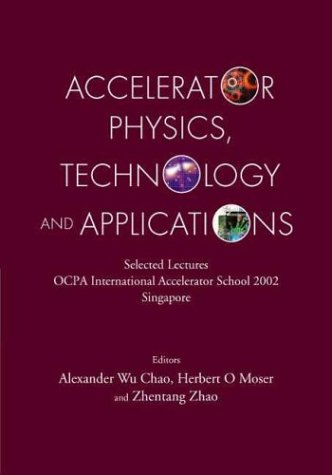
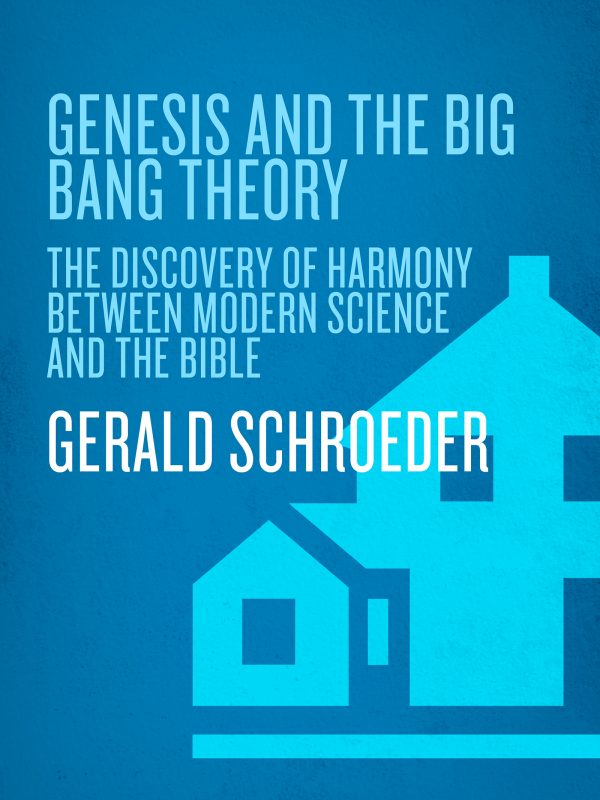

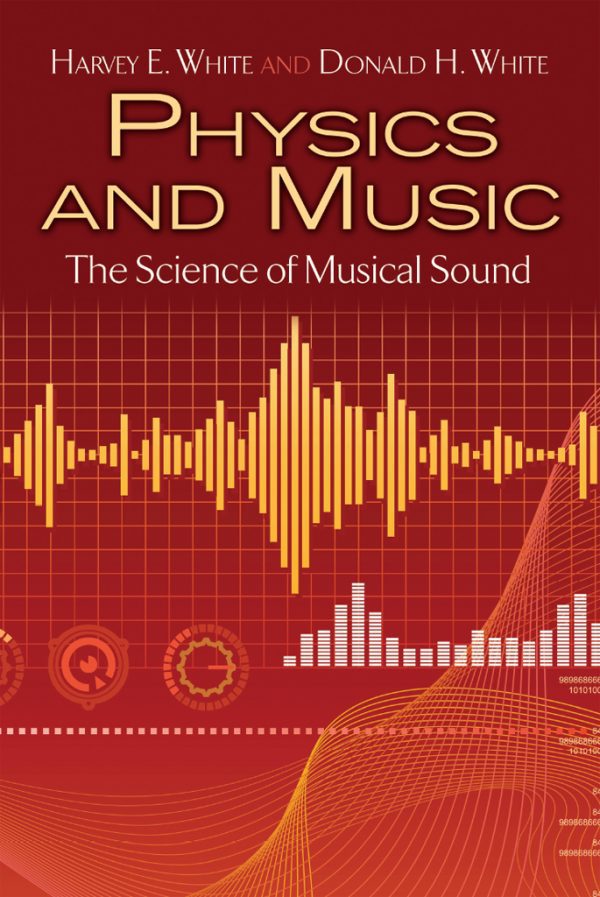
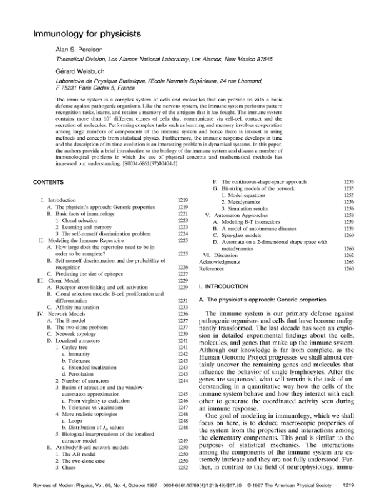
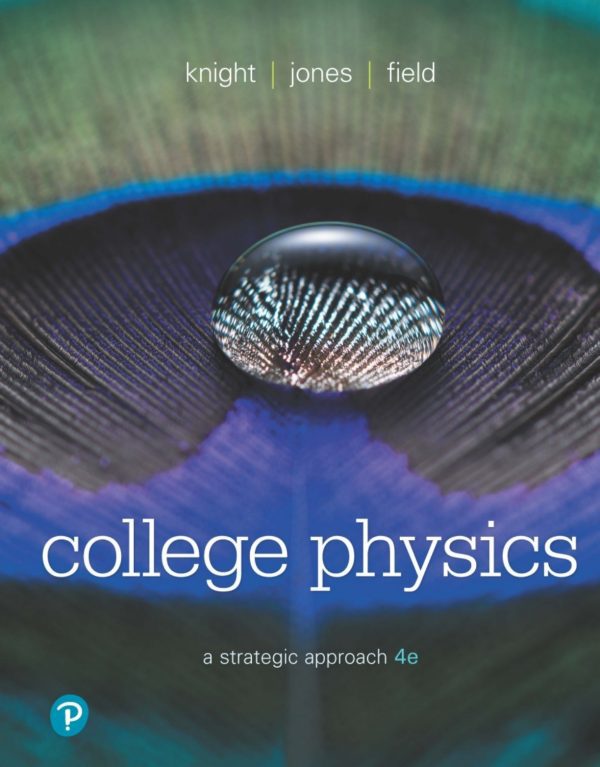
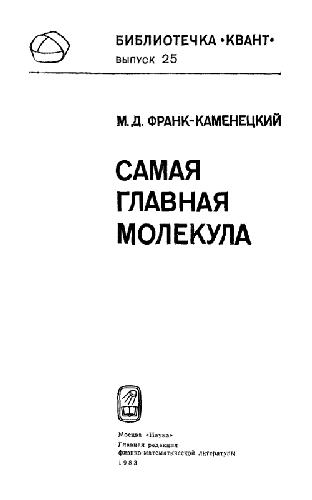
Reviews
There are no reviews yet.